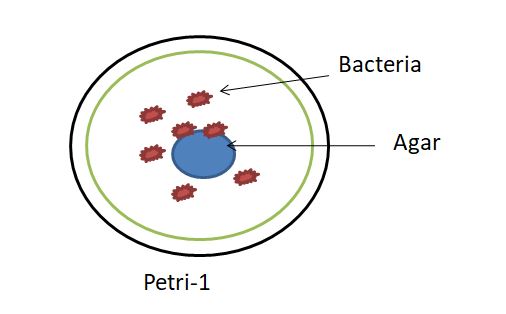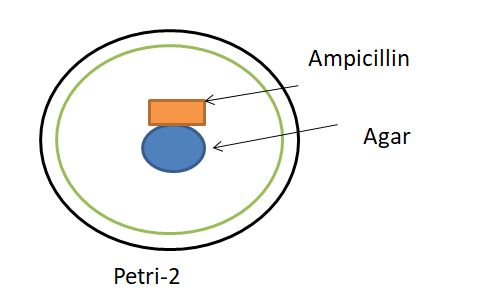Learn About the difference between Positive and Negative Control in microbiology. A positive control is a control group where if you change the dependent variable you’re expected to see a positive response whereas, in a negative control group, whenever you change the dependent variable you would expect a negative response. This demonstrates that the changes that you see are due to the changes in the dependent variable and not something else.
Positive Control
A positive control is an experimental control that produces a successful result. It excludes the independent variable. However, it demonstrates the preferred results that were predicted from the independent variable.
Negative Control
Negative control does not respond to the treatment. When doing studies, negative controls should be developed so they do not lead to the desired results.
Examples of Positive and Negative Control
Examples of Positive Control: For example, Two Petri dishes were taken to examine positive and negative controls. 1st Petri Dish is simply agar so there’s no ampicillin. it’s just agar you would expect bacteria to grow on this so the prediction for this would be the presence of bacteria.

Examples of Negative Control: Now 2nd Petri dish control with the ampicillin agar, ampicillin is an antibiotic so it would be expected that there would be no bacterial growth on this one because of the presence of that ampicillin. so control the 1st Petri dish that does not have ampicillin. where to expect to see the bacterial growth is going to be positive control because analysts expect to actually see a positive result which would be the growth of that bacteria.

If it doesn’t then it could say that it’s probably something else that’s preventing the growth, not the dependent variable.
Now 2nd petri dish analyst would expect no bacterial growth so this one is a negative control because it would expect a negative result if we do see the growth we would expect that it’s not caused by the dependent variable. Using both these positive and negative controls in this experiment there is a change being caused by the dependent variable that was actually tested.
Difference between Positive and Negative Control
| Positive Control | Negative Control |
| A positive control is an experimental control that produces a successful result | Negative control does not respond to the treatment |
| It produced Positive Results | As expected it gives a Negative Result |
| It ensures the Result | The result is not expected |
Positive and Negative Control in Microbial Analysis
In Microbial analysis, it helps the microbiologist to compare the two results,
Negative Control Testing
A negative control is needed to ensure that any media growth originates from the product itself.
Any negative controls should be conducted using clear media. if the negative control demonstrates any turbidity or growth. It demonstrates that the sterility test’s techniques are inadequate. The environment, the users, and the equipment all have the ability to be contaminated. There shall be no microbial growth in the negative control.
Related: Aseptic and Sterile
Positive Control Testing
Three sterilized final products must be chosen at random for positive control.
Choose three different suspensions with different micro-organisms and place them at room temperature for at least 2 hours. while carrying out sterility tests incubate all the medium-containing containers for no more than 3 days for bacteria and 5 days for fungi at the recommended temperatures (20°C to 25°C for fungi and 30°C to 35°C for bacteria).
Within the time frame, the inoculate microorganism grows noticeably in all of the inoculate bottles. If the microorganisms grow in a manner that is readily apparent, the media are acceptable. There shall be microbial growth in the positive control.

Naresh Bhakar is the Founder and Author at Pharmaguddu.com, bringing his extensive expertise in the field of pharmaceuticals to readers worldwide. He has experience in Pharma manufacturing and has worked with top Pharmaceuticals. He has rich knowledge and provides valuable insights and data through his articles and content on Pharmaguddu.com. For further inquiries or collaborations, please don’t hesitate to reach out via email at [email protected].
